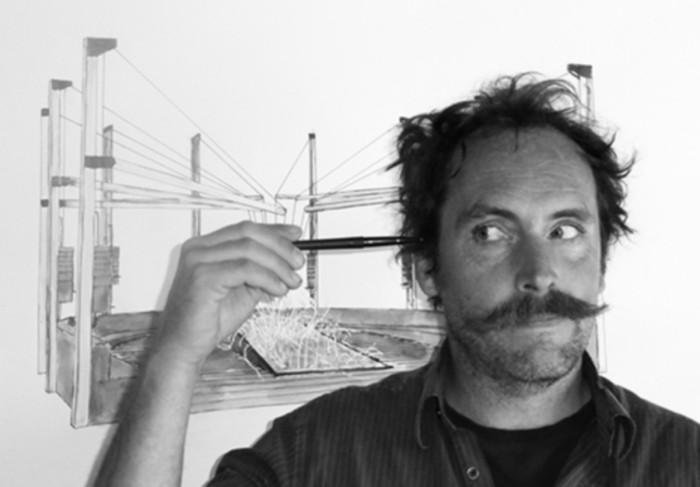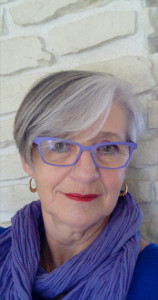
Discover the contemporary work of Matthieu Griesmann

Matthieu Griesmann was born; on December 29, 1979 without instructions for use. He started by using his hands before uncovering his head, today their coordination works half the time. It builds and starts again, there is interference. Matthieu is connected à this frequency, the one that diverts a childhood of housing towers into foster families, and that abandons law studies to build a skate park. Matthieu becomes a topographer in a technical high school, he eats enough surveyor cards to understand that there are no straight lines, then enough law to understand that free-style is It's a pain in the ass and you just have to try to set up a business after locksmith training for the welds to fail. It was therefore quite natural that he turned to carpentry.
Art studies, he had to meet students and artists to think about it. Between two construction sites, he made his way towards the plastic arts diploma at the university. scissor blows wood and creates as many artistic installations as collective, social, informal installations formed by the need to do, to live together. Among them, we can count the Hôtel des Vil-e-s de Clermont-Ferrand, a still active squat. From then on he divided his time between management of ZADs and management of exhibitions, a policy with several levels that a degree in ethno-sociology helped him to achieve this. à digest. Since 2018, he has been building full-time sculpture without pretext.
Matthieu Griesmann is the type who does more than he talks. His work cannot be explained, a bit like the fact that we are there, with our heads and our arms. It is not with speeches that he questions the why and how, but he is always ready to answer questions. find an answer.
Marianne Thibault
I practice sculpture and installation, but also drawing, engraving, sound and writing, multimedia, etc...
It starts with an authentic work economy based on reuse, the D.I.Y. culture. (Do it Yourself), low-tech and ecology.
This practice is nourished by the issues of contextual and relational art, it’s to say that it is part of and borrows from an attention to the socio-historical, architectural, social and geographical contexts of the moment, the place where I have the opportunity to exercise it.
My achievements thus take on a life of their own. turn the form of a formal game with physical or mental space, in a practice of “in-Situ” and/or participatory or inclusive devices going as far as the cognitive trap or even sometimes more demonstrative or theatrical things.
They are intertwined with all kinds of references and preoccupations which make up the mesh of the history of art without however attaching me to one form rather than another.
If there is formal recurrence, it is undoubtedly linked to the à my taste for the aesthetics of the construction site, this place where we can see outside. through walls and play games guess its structure.
Divert this structure, use it as a support or always, the human is hollow, present by what he produces or extracts. Or even present as a witness or actor in the exhibition. No need to represent it, it is in almost all the subjects that I am taken to. à work upstream or downstream.
If I pursued an objective, it would be the attempt to convey meaning in the general context of the collapse of our ecosystems, as well as to propose sometimes terrible observations but also ways out towards a reappropriation of the world and a re-enchantment of our imaginations.






































































